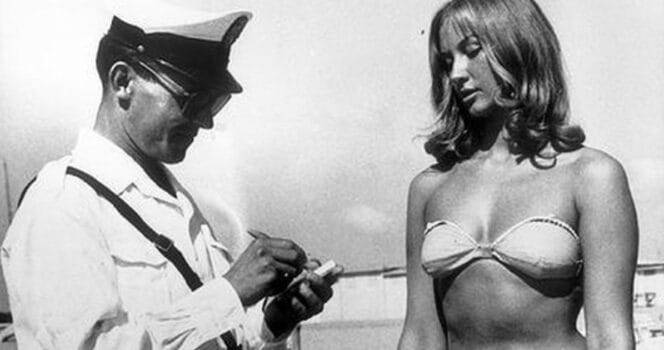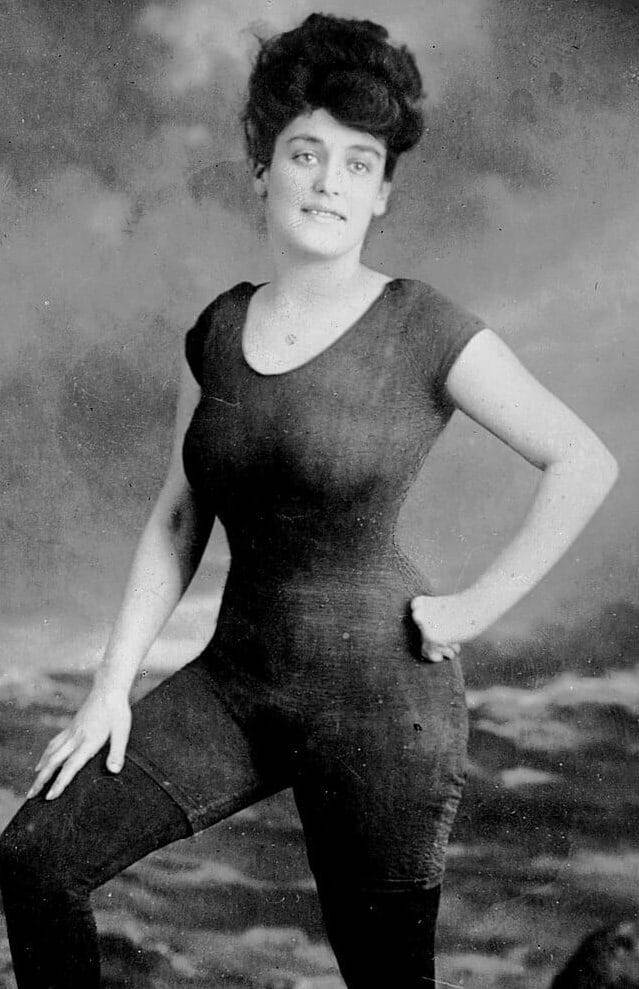One tiny garment. That’s all it took to spark outrage, bans, and even arrests across the globe.

In the decades-long tug-of-war between modesty and freedom, the bikini emerged as both villain and victor. Popes called it sinful. Governments outlawed it.
But women kept wearing it — and with every bold appearance, they rewrote the rules.
Tailors on the beaches
At the dawn of the 20th century, swimsuits were far from the sleek, stylish designs we know today. Back then, they were bulky, full-body garments made from wool, designed to keep swimmers covered and protected from the sun. This wasn’t about fashion — it was about modesty.
Strict dress codes were common at beaches across the U.S. According to Kathleen Morgan Drowne and Patrick Huber in their book on 1920s pop culture, places like Chicago’s Clarendon Beach even hired tailors to make on-the-spot adjustments to swimsuits deemed too revealing.
Similar rules popped up nationwide — Coney Island, for example, banned bathing socks in 1915 if they exposed “dimpled knees.” In Washington, DC, beach police were known to enforce these codes with tape measures in hand.
Arrested for a one-piece?
The early 1900s were all about covering up. Men and women alike were expected to wear suits that went from neck to knee — no exceptions. If any skin was exposed? Well, that was considered scandalous.
But change was on the horizon. In 1907, Australian swimmer Annette Kellerman became one of the first to challenge these norms when she wore a one-piece suit that revealed her arms, legs, and neck, instead of the then-accepted pantaloons.Nicknamed “the Australian Mermaid” for her remarkable swimming skills, Kellerman spent much of her life challenging societal norms and redefining ideals.

According to Kellerman herself, she was arrested by the police for wearing her ”indecent” outfit, although there are no official reports to confirm this. Nevertheless, it caused a scandal at the time for a woman to swim in such a manner. The incident made headlines and sparked a movement.
Kellerman’s daring swimwear choice captured the public’s attention, and soon, her one-piece suits became a popular trend.
The demand grew so much that she eventually launched her own swimwear line, and the ”Annette Kellermans,” as they came to be known, marked the first step toward the evolution of modern women’s swimwear.